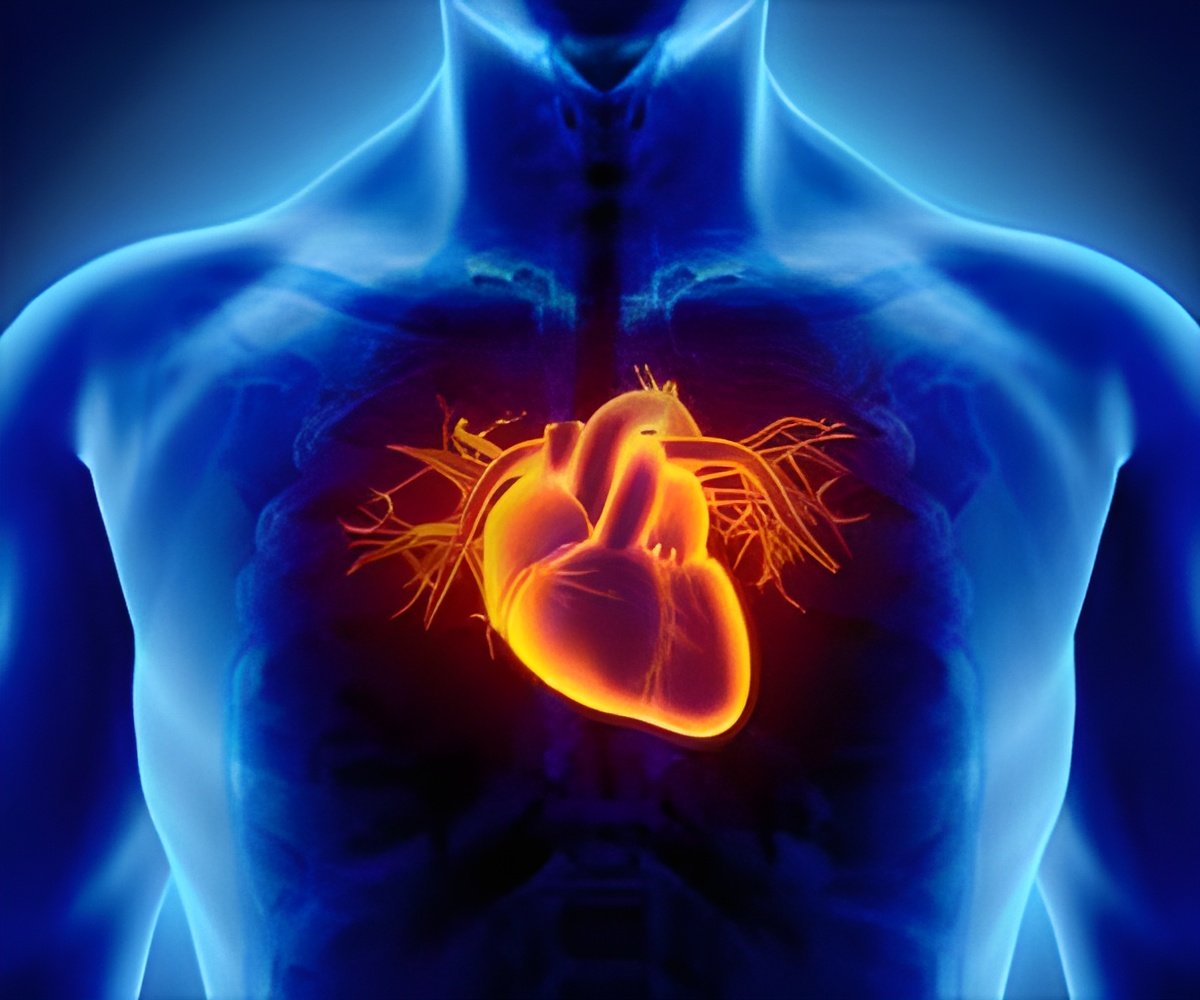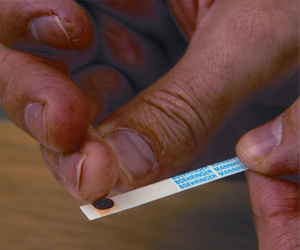Revolutionizing heart treatment with light-controlled bioprinted tissues! Researchers show how this breakthrough can boost heart health without invasive electrodes.

Bioprinted optoelectronically active cardiac tissues
Go to source).
‘Light-powered ink integrated into bioprinted heart tissues could change the future of cardiac treatment by enabling non-invasive stimulation. #heartrepair #lighttherapy #medindia’





Revolutionizing Heart Treatment with Light-Controlled Tissues
"We demonstrated for the first time that we can print scaffolds that enable remote control of engineered heart tissues using this optoelectronically active ink," said co-corresponding author Y. Shrike Zhang, PhD, from Brigham and Women's Hospital's Division of Engineering in Medicine, a founding member of the Mass General Brigham healthcare system."This method paves the way for tissue regeneration, non-invasive light stimulation, and host integration capabilities in cardiac therapy and beyond."
Three-dimensional bioprinted tissues composed of cells and other body-compatible materials have emerged as a powerful tool to repair damaged heart tissue.
However, most bioprinted tissues cannot generate the electrical activity necessary for cellular function. Traditionally, they rely on invasive wire and electrode placement to control heart activity, which can damage body tissues.
Zhang and his colleagues overcame this limitation by infusing the bioprinted tissue with “optoelectronically active” ink, which can be remotely stimulated by light to generate electrical activity in these tissues.
Advertisement
“Now that we have established the proof-of-concept for this technology, we are shifting our efforts towards understanding how it might promote long-term tissue regeneration and integrate seamlessly within the heart’s biology,” said Zhang.
Advertisement
- Bioprinted optoelectronically active cardiac tissues - (https://www.science.org/doi/10.1126/sciadv.adt7210)
Source-Eurekalert












